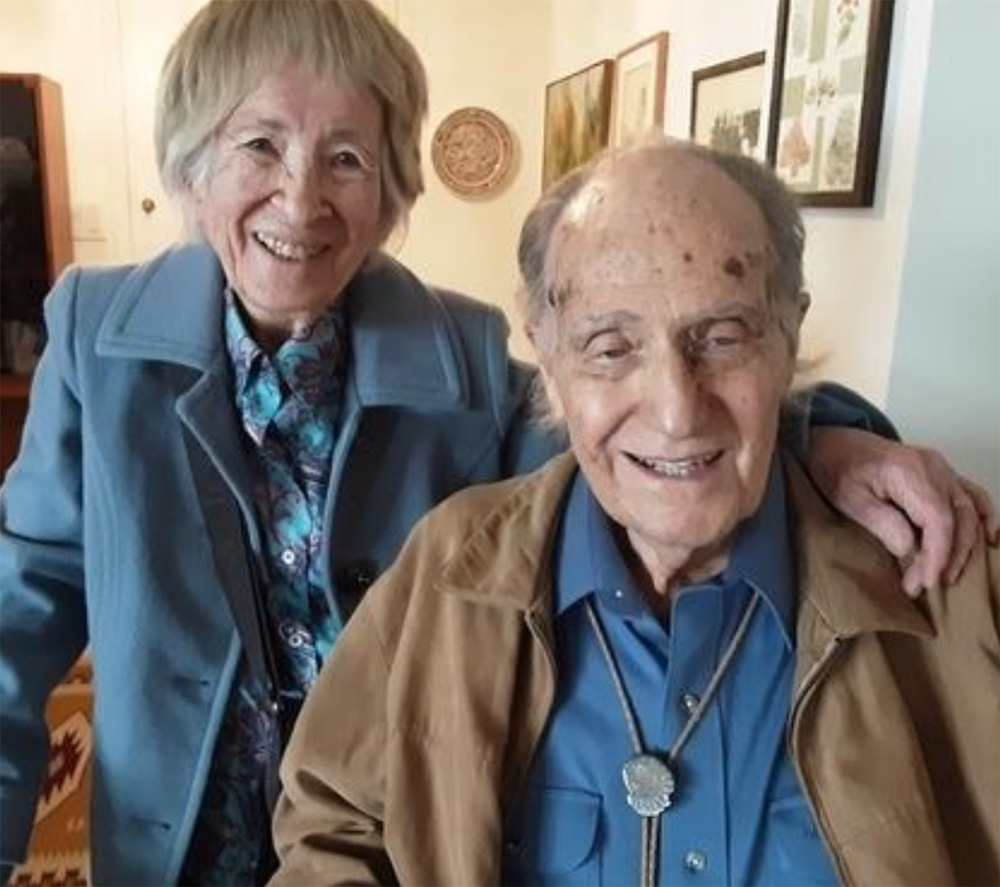Birthday card campaign underway to help him celebrate his milestone
 In the 1960s, Case Institute of Technology (CIT) experimental physicists made advances in measuring the behavior of electrons in metals. This early work would be connected to the electronic energy band structure in solids, and was fundamental for the development of modern electronics – transistors, diodes, solar cells and more.
In the 1960s, Case Institute of Technology (CIT) experimental physicists made advances in measuring the behavior of electrons in metals. This early work would be connected to the electronic energy band structure in solids, and was fundamental for the development of modern electronics – transistors, diodes, solar cells and more.
To advance this research, the theorist Benjamin Segall was recruited from General Electric in 1968 to provide best-in-practice understanding of experiments like those taking place at CIT. Building on his background in crystalline band structure, he led the work on the optical and conduction properties of familiar metals (e.g. copper and aluminum), and later on much less familiar ones such as Erbium Arsenide. His research explained puzzling experiments and predicted new properties for these novel materials.
Segall is famous for his research papers on the Fermi surface of copper—where the surface of constant energy corresponds to the highest energy level filled with electrons—and he wrote the first working computer program to apply to the KKR method of studying the band structure of copper and other metals. This was before modern computer languages were available and Segall is considered a true pioneer of computational condensed matter physics.
“Today, fully automated computer programs calculate the properties of millions of compounds before they are even synthesized,” said Professor of Physics Walter Lambrecht. “We should not forget that we’re standing on the shoulders of visionaries like Professor Segall.”
In 1987, Segall recruited Lambrecht to be his senior researcher for the Electronic Structure Group where they produced more than 50 publications. Together with the late John Angus of the chemical engineering department, they extended their studies to include much cited diamond research and various wide band gap semiconductors, silicon carbide and related materials.
As far as accomplishments go, Segall was particularly proud of his calculations of the band structures of copper and aluminum and how they agreed with experimental data.
“I worked with an amazing group of physicists and other colleagues throughout my career,” Segall said. “I was lucky to have developed such long lasting collaborations and friendships.”

Annette and Ben Segall
On the occasion of his birthday, Segall can look back on a wonderful professional and personal life. A much admired teacher of both undergraduate and graduate students, and a highly successful mentor of many research collaborators.
His beloved wife of 70 years, Annette Segall passed away last year. Their three children, Paul, Lori and Jeff have organized a birthday with limited in-person participation, but birthday cards are especially welcome, and a video can be arranged for a short conversation. Segall’s colleague and current Professor, Bob Brown has been working closely with the family on this celebration.
Birthday cards or notes can be sent to:
Benjamin Segall
13800 Shaker Blvd, Apt. 1208
Shaker Heights, OH 44120
The physics department has created a two-foot by three-foot birthday card and invite faculty and staff to sign it. The card can be signed from 8:30 a.m. to 5 p.m. this week (July 14-18) at Rock 226C or Rock 220 of the Rockefeller Building, 2076 Adelbert Road. Contact Valerie Price or Kim Chapple if you have any questions.
For past colleagues and associates, a phone call or private visit may be arranged through his daughter, Lori Segall.
